15 Economic Warning Signs Preppers Shouldn’t Ignore – Simple Family Preparedness
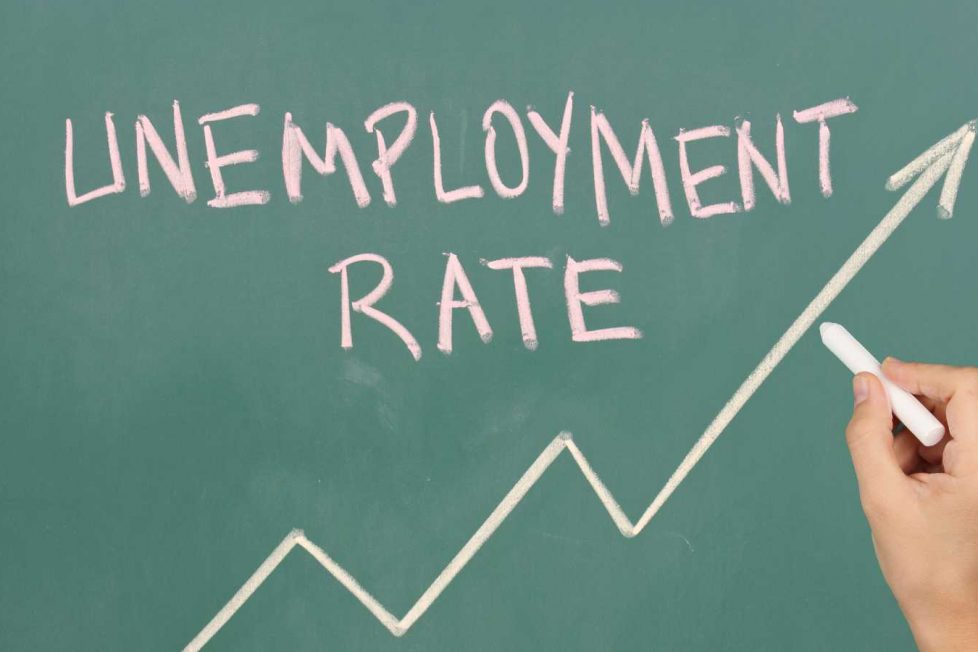
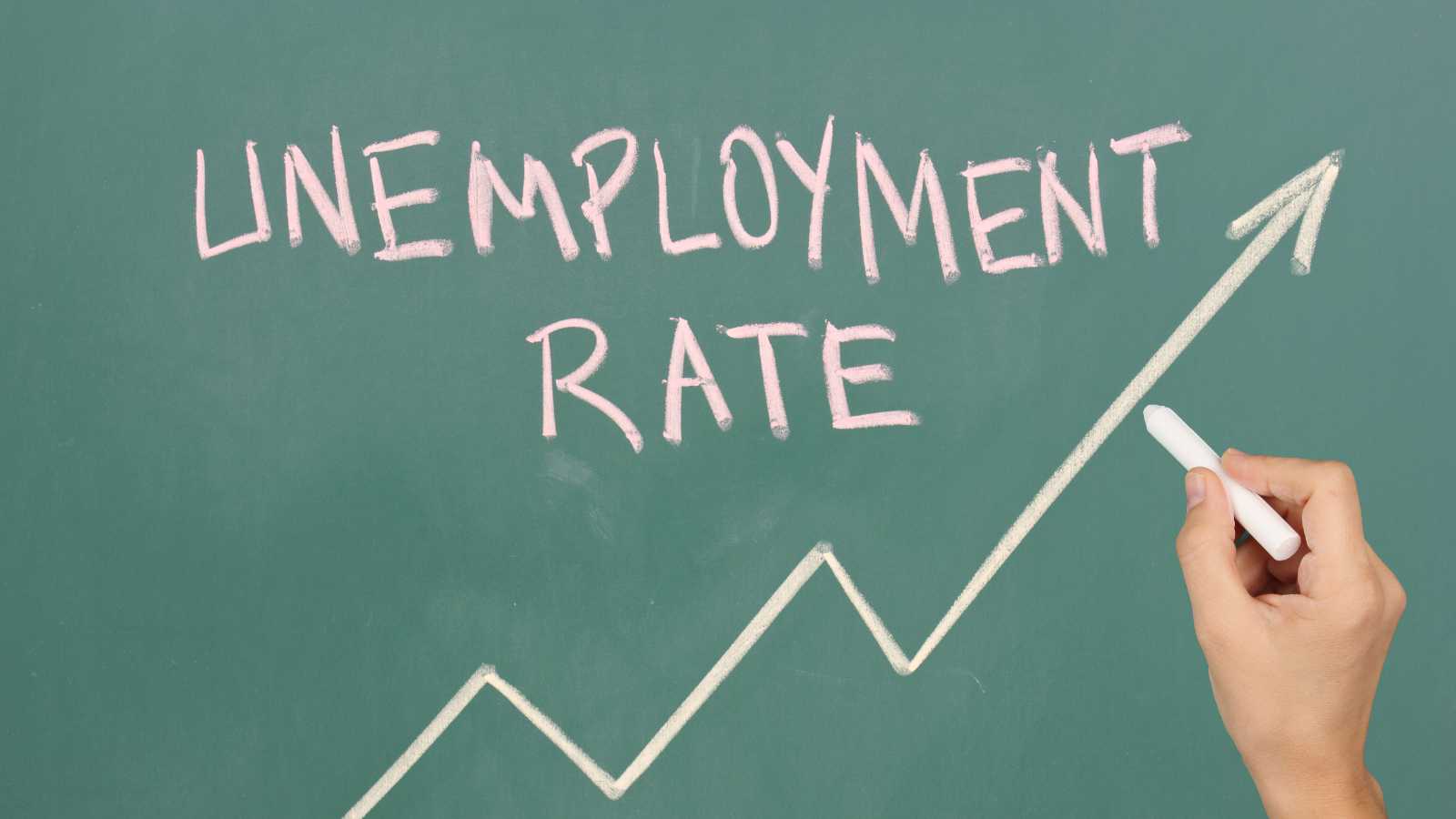
In an ever-changing world, being prepared for economic shifts is crucial for survival and self-sufficiency. As preppers and homesteaders, staying alert to these warning signs can help you make informed decisions and protect your family’s future. Here are 15 key economic indicators that deserve your attention and could signal trouble on the horizon.
When unemployment rates climb, it’s a clear sign of economic trouble. The U.S. Bureau of Labor Statistics releases monthly reports on unemployment figures. A steady increase over several months, especially if it surpasses 6%, can indicate a recession. High unemployment leads to reduced consumer spending, which can trigger a domino effect throughout the economy.

A slowing housing market often precedes economic downturns. Watch for falling home prices, increased time on the market, and a rise in foreclosures. The Case-Shiller Home Price Index is a reliable measure of U.S. residential real estate prices. A consistent decline in this index over several months could signal broader economic issues.

While daily fluctuations are normal, extreme volatility in the stock market can be a red flag. Pay attention to major indices like the S&P 500, Dow Jones Industrial Average, and NASDAQ. A series of steep drops or wild swings over weeks or months might indicate investor uncertainty and economic instability.
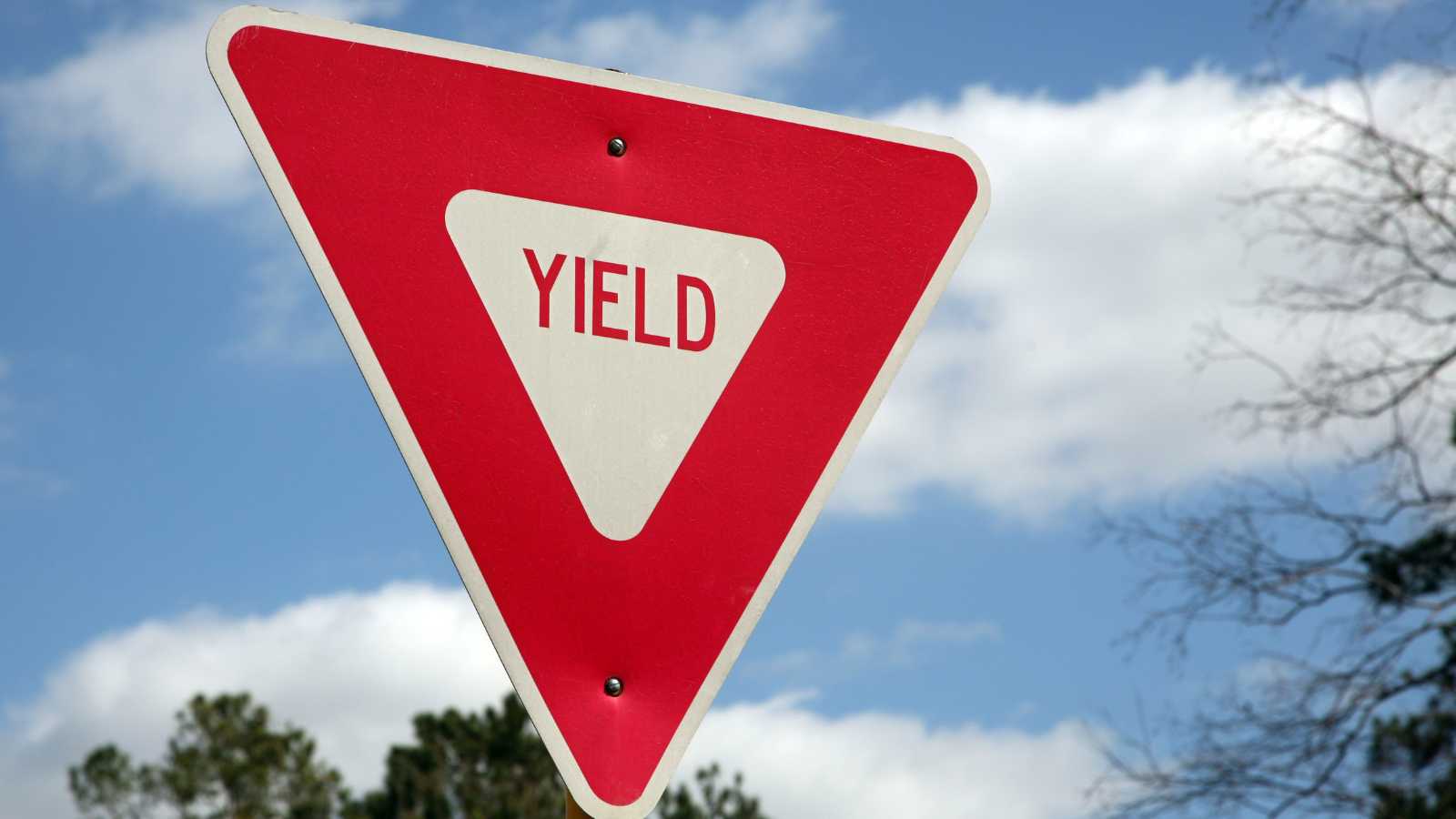
An inverted yield curve occurs when short-term government bonds yield higher returns than long-term bonds. This rare phenomenon has preceded every recession in the United States since 1955. Keep an eye on the spread between 2-year and 10-year Treasury yields. When the 2-year yield surpasses the 10-year, it’s time to be on high alert.

High levels of consumer debt can be a ticking time bomb for the economy. The Federal Reserve releases quarterly reports on household debt. If total consumer debt consistently grows faster than personal income, it could lead to a wave of defaults and economic instability.
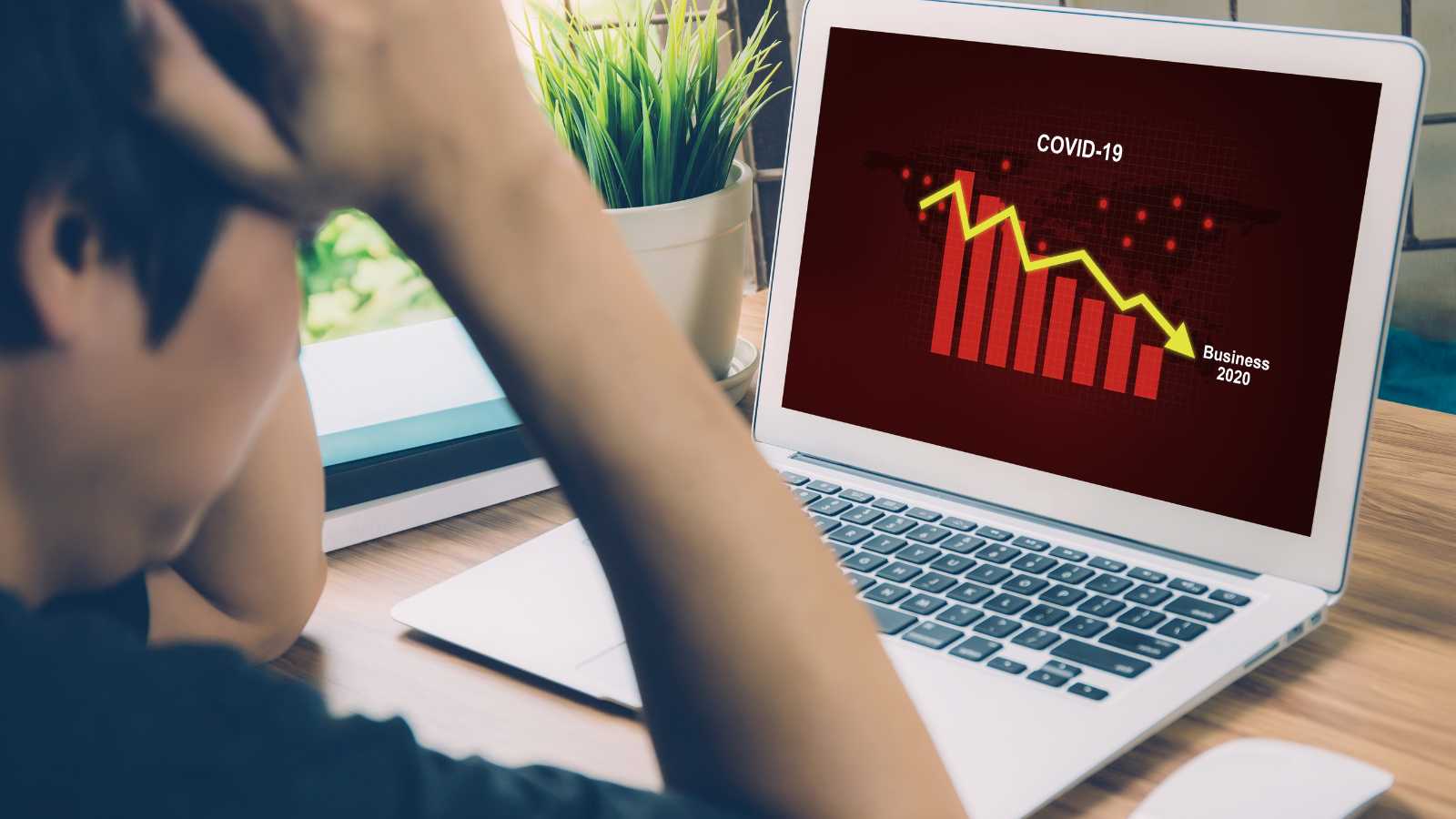
Retail sales are a key indicator of consumer confidence and economic health. The U.S. Census Bureau releases monthly retail sales data. Several consecutive months of declining sales, especially during typically strong seasons like the holidays, can signal trouble ahead for the broader economy.

The manufacturing sector often feels the effects of economic downturns early. The Institute for Supply Management’s Purchasing Managers’ Index (PMI) is a monthly indicator of manufacturing activity. A PMI below 50 indicates contraction in the manufacturing sector, which can be an early warning sign of broader economic issues.

When companies start reporting declining profits quarter after quarter, it’s a sign that economic trouble may be brewing. Keep an eye on earnings reports from major companies across various sectors. Widespread profit declines can lead to job cuts, reduced investment, and economic contraction.

A rapid devaluation of the U.S. dollar against other major currencies can signal economic instability. Monitor exchange rates, especially against currencies like the Euro, Japanese Yen, and Chinese Yuan. A consistently weakening dollar can lead to inflation and reduced purchasing power.
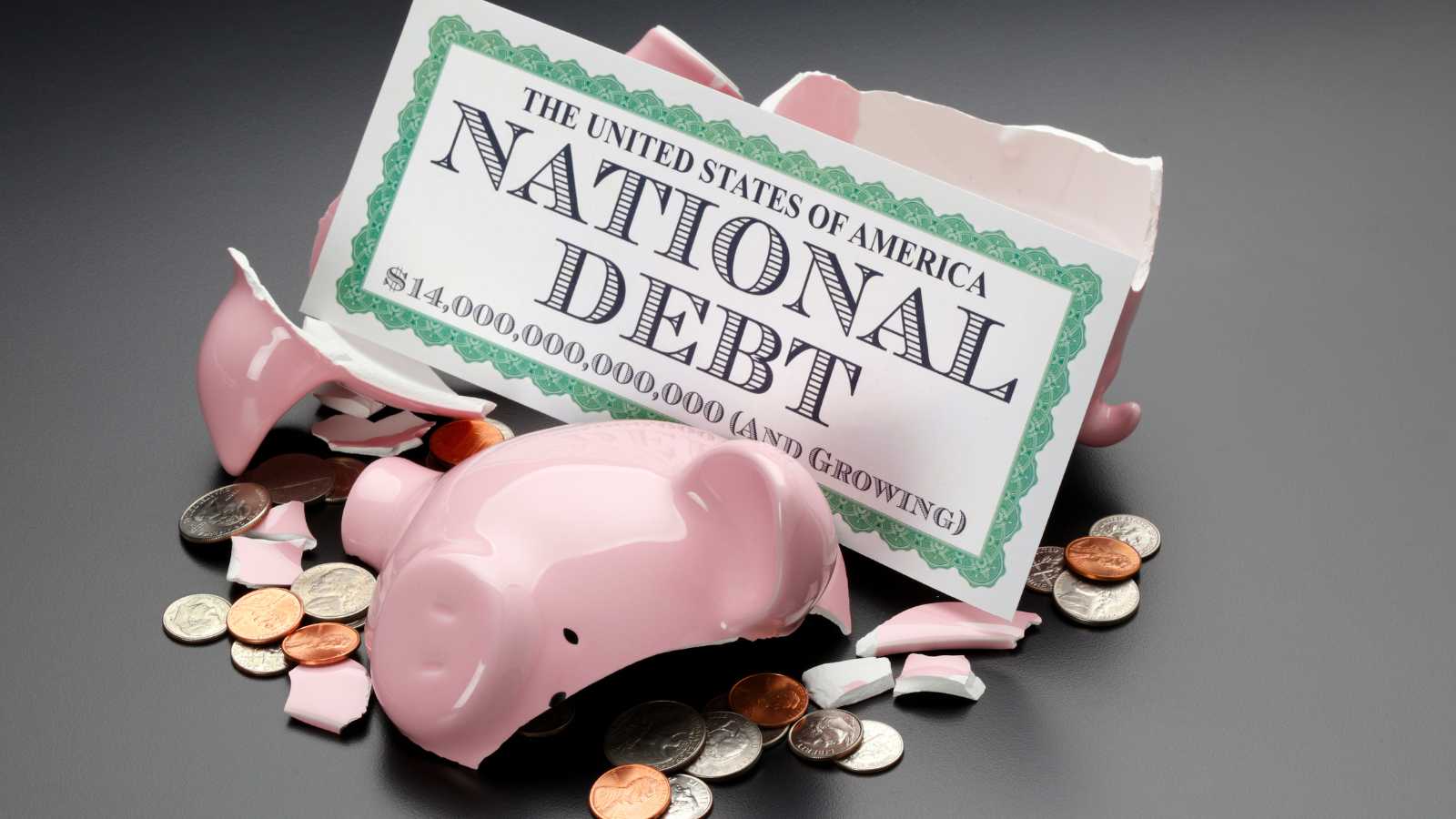
While some government debt is normal, rapidly increasing debt levels can be problematic. The U.S. Treasury Department provides regular updates on the national debt. When government debt as a percentage of GDP climbs significantly, it can lead to higher taxes, reduced services, and economic instability.
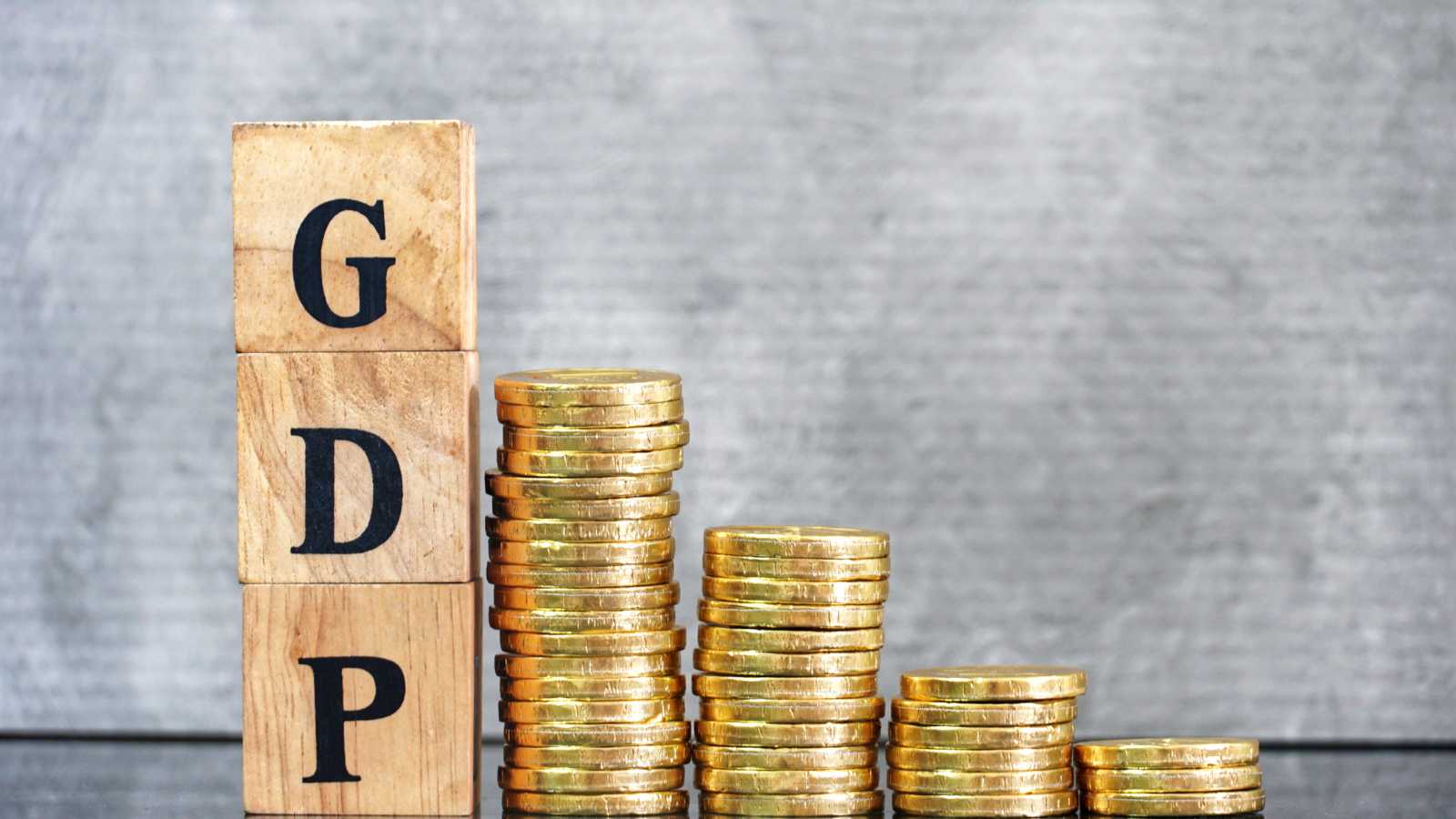
Gross Domestic Product (GDP) is a measure of a country’s economic output. The Bureau of Economic Analysis releases quarterly GDP reports. Two consecutive quarters of negative GDP growth is the technical definition of a recession. Even a significant slowdown in GDP growth can be a warning sign of economic trouble ahead.
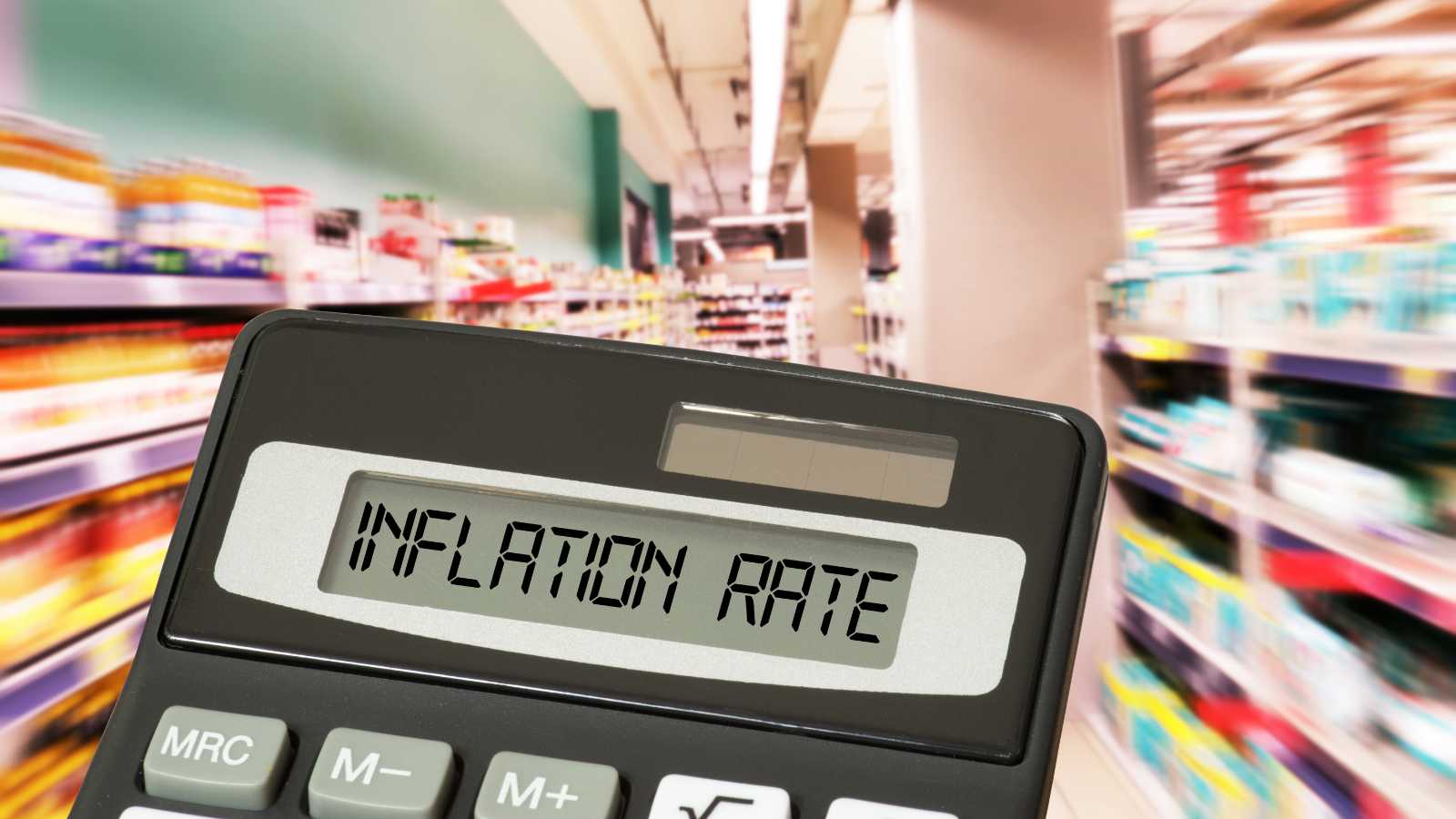
While some inflation is normal, rapidly rising prices can erode purchasing power and signal economic instability. The Consumer Price Index (CPI), released monthly by the Bureau of Labor Statistics, is a key measure of inflation. Annual inflation rates consistently above 3-4% can be cause for concern.

Significant increases in food prices can be an early warning sign of broader economic issues. The Food and Agriculture Organization’s Food Price Index tracks monthly changes in international food commodity prices. Consistent increases in this index can signal potential food insecurity and economic stress.

Sudden and sustained increases in energy prices can have far-reaching economic impacts. Keep an eye on oil prices, natural gas rates, and electricity costs. Energy price spikes can lead to increased production costs, reduced consumer spending, and economic slowdowns.

Small businesses are often the first to feel the effects of economic downturns. The National Federation of Independent Business (NFIB) releases a monthly Small Business Optimism Index. A consistent decline in this index can signal reduced hiring, investment, and economic activity among small businesses, which make up a significant portion of the U.S. economy.
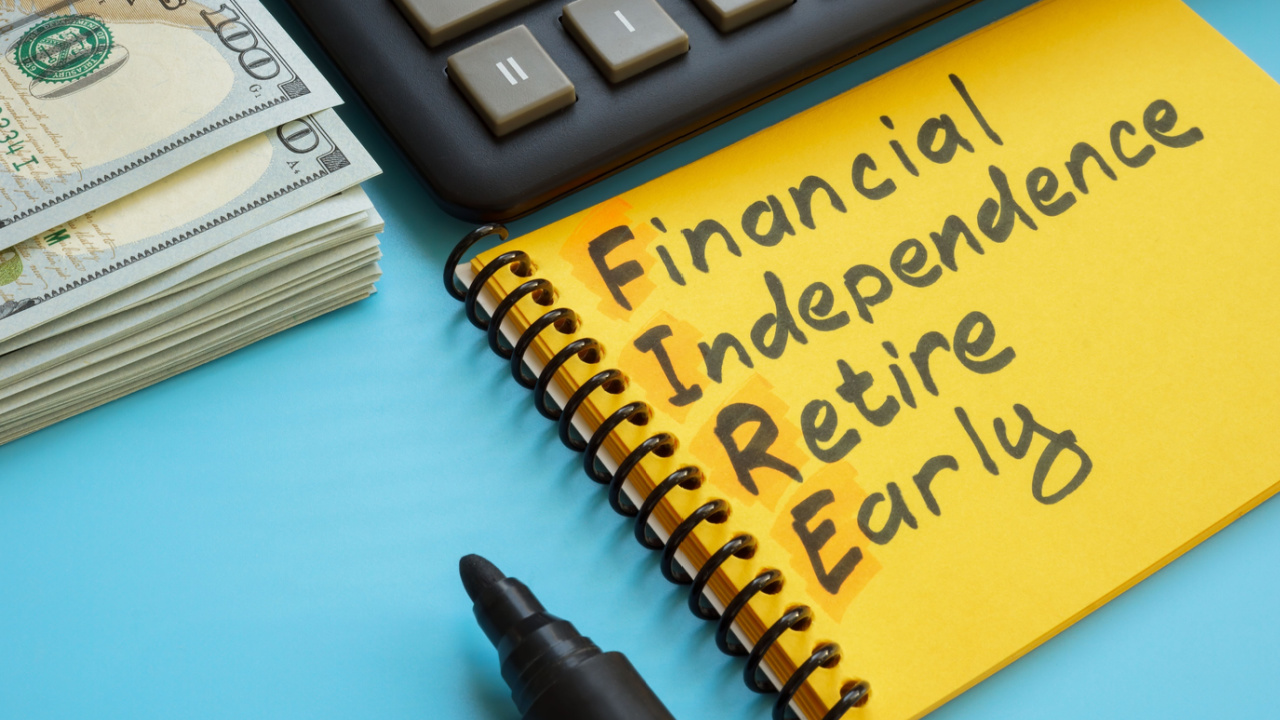
FIRE – Financial Independence, Retire Early. That’s the dream, right? Quit the rat race and live life on our own terms. It’s totally doable. Plenty of people join the FIRE movement and manage to retire pretty quickly. And there’s a LOT of advice out there on how to do it. Sadly, much of the advice is outdated or just plain bad.
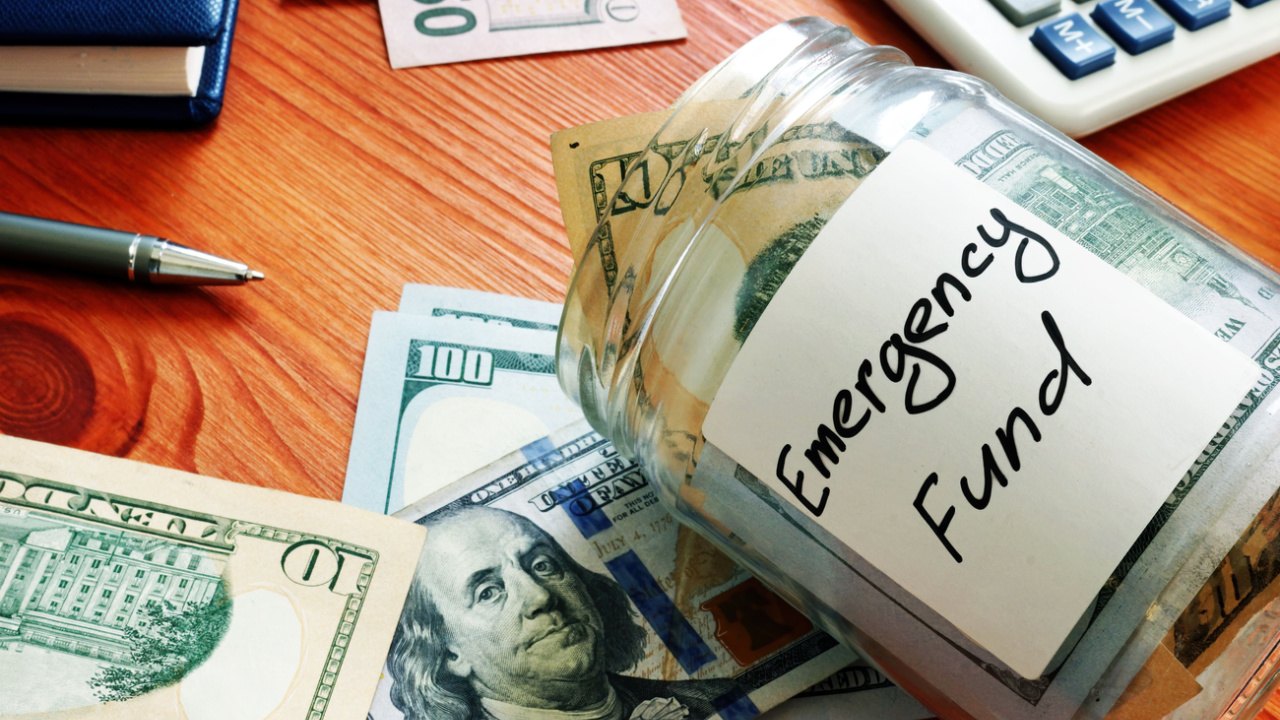
In times of uncertainty, financial stability is more crucial than ever. While prepping for physical emergencies is vital, don’t overlook financial prepping. Avoiding these common money mistakes can help make sure you’re in a stronger position to weather any storm.

With recent global unrest and economic uncertainties, many people are starting to worry about the stability of our money. They’re looking for new options like cryptocurrencies. Using digital money might sound strange, but it’s becoming more common. Big names like Bitcoin and Ethereum are leading the way. This article will look at how cryptocurrency could change things in a shaky economy. We’ll discuss the good and bad sides of using digital money. Get ready to learn about the crypto world and how it might affect our financial future!
